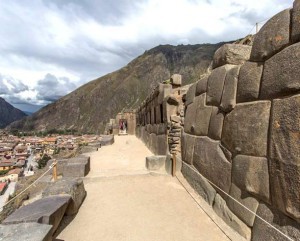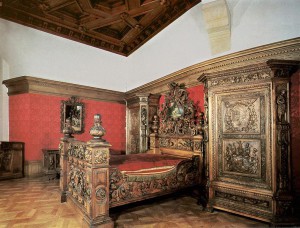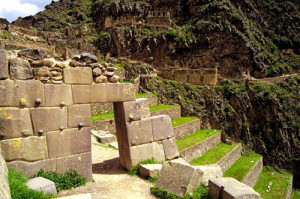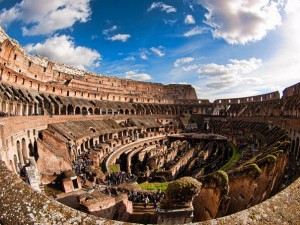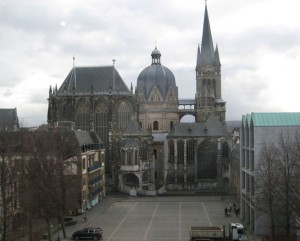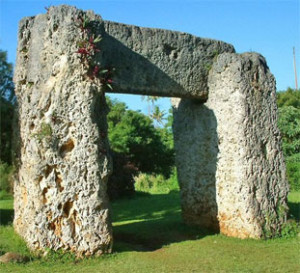sculpture
ANCIENT ROME
 The Romans adopted from the Greeks all their main achievements, including the steam baths. In the Roman version, they were called the baths. The Romans appreciated the pleasure that gives hot steam. The Roman physician Asklepiad was a follower of Hippocrates in the usefulness of soft paired treatments. His point of view was the idea that in the human body there are little bits that need to move continuously to ensure that the man felt the energy and was able to work. When there is stagnation of these particles as a result of illness or prolonged immobility — it is necessary to give the body a “jolt” in the form of visiting the steam bath, so that these life giving particles again are in motion. As the poet Horace wrote: “Throw me the ball on the marble steps and go to the bath”. No less than the famous ancient Greek poet Ovid in the “Metamorphoses” described his dream to rejuvenate and believed that this will help him a magic tub of hot water.
The Romans adopted from the Greeks all their main achievements, including the steam baths. In the Roman version, they were called the baths. The Romans appreciated the pleasure that gives hot steam. The Roman physician Asklepiad was a follower of Hippocrates in the usefulness of soft paired treatments. His point of view was the idea that in the human body there are little bits that need to move continuously to ensure that the man felt the energy and was able to work. When there is stagnation of these particles as a result of illness or prolonged immobility — it is necessary to give the body a “jolt” in the form of visiting the steam bath, so that these life giving particles again are in motion. As the poet Horace wrote: “Throw me the ball on the marble steps and go to the bath”. No less than the famous ancient Greek poet Ovid in the “Metamorphoses” described his dream to rejuvenate and believed that this will help him a magic tub of hot water.
However, it seems that you with all the imagination can’t imagine the size of Roman baths that were built in those days. According to the testimony of the Roman historian Marcelina, baths in area of space could rival a small city. One big Terma could occupy 12 hectares, and it was far from the limit. The fact that the baths were not only bathing facilities, but also social, cultural, sporting and entertainment facilities. Continue reading
The meaning of the word megalithic
 Have associated with special megalithic masonry and anthropomorphic stone sculptures on coming to America the outlying Islands, the emergence of Maori-Polynesian dogs, the spread in Polynesia 26-chromosomal cultural American cotton and sweet potato, bottle gourd and several other American elements in the Polynesian flora, including freshwater reeds of totora on Easter island and chili peppers, which met in Polynesia European seafarers.
Have associated with special megalithic masonry and anthropomorphic stone sculptures on coming to America the outlying Islands, the emergence of Maori-Polynesian dogs, the spread in Polynesia 26-chromosomal cultural American cotton and sweet potato, bottle gourd and several other American elements in the Polynesian flora, including freshwater reeds of totora on Easter island and chili peppers, which met in Polynesia European seafarers.
Go to the courtyard and wait in the middle, between the fountains, wait and take your time, look around carefully – you will see that we were able to create two hundred years ago, but Peppelman wasn’t even the star of the first magnitude, nobody considered him a sort of German Bernini, is just a talented architect with good taste, his disciples and followers were not worse – Kneffel, say, or Schwartz, who completed the bell tower of the Hofkirche, – now, I say, look closely, damn you, and compare it with the current megalithic misery that gromozda all these trusty, crazy and speedy! Continue reading
The Gothic Cathedral
 The Gothic Cathedral contains in itself the whole world of the medieval city, is an encyclopedia. The Gothic temperamental and dramatic, and stressful life of the medieval city. The birthplace of Gothic architecture was France, a little later it spread into Germany (Cologne Cathedral, “brick Gothic”), England (Westminster Abbey in London), Czech Republic (St. Vitus Cathedral) and other countries of the Catholic world.
The Gothic Cathedral contains in itself the whole world of the medieval city, is an encyclopedia. The Gothic temperamental and dramatic, and stressful life of the medieval city. The birthplace of Gothic architecture was France, a little later it spread into Germany (Cologne Cathedral, “brick Gothic”), England (Westminster Abbey in London), Czech Republic (St. Vitus Cathedral) and other countries of the Catholic world.
The most famous cathedrals in France dedicated to our lady: Notre Dame u Amiens, Chartres, Rouen and, of course, in Reims and Paris. It’s “a huge stone Symphony” (V. Hugo) with complex sculptural decoration, where each element of the architecture “humanized”, is inhabited by various living creatures, and the Gothic statue is a striking expression of inspired ecstasy, which transforms, ennobles emaciated bodies. After all, in the Gothic art expressed itself, the third estate, with its dreams and suffering, despair and hope.
In the temple synthesis of arts, in the creation of the image of God the world trailing dot put music. Continue reading
